My name is Mary Ann Horton, and I’m from San Diego, California.
Think back to 1997. I was a closeted cross-dresser working for Lucent Technologies in Columbus, Ohio. I knew through my transsexual friends that many of us were fired when they transitioned, or had to quit and move to another city and change careers, because the workplace was a hostile place.
Well, in 1996, I discovered EQUAL, which was Lucent’s Employee Resource Group, and its stated mission was for lesbian, gay, bisexual, and transgender workers at Lucent Technologies. I’d never seen the word transgender in the workplace before, so that really spoke to me.
I joined EQUAL, met a bunch of wonderful gay and lesbian coworkers, and I was the only trans person to show up. They encouraged me to go to EQUAL’s national conference in Denver, in 1997. So I went to this conference and it was an amazing event. It was full of gay and lesbian people, and once again, I was the only trans person to show up, and I was a cross-dresser. So one day I went as Mark, and another day I went as Mary Ann. They were kind enough to make two name tags for me.
Well, at this conference, I listened to the keynote address, and the speakers were telling about how important it was that Lucent had sexual orientation in their non-discrimination policy, because that meant they could be out at work. By being out in the workplace, they no longer had to spend energy hiding who they were, and that made them more productive employees and better workers. It was a very powerful thing.
I was really inspired by this, and I wanted to be out in the workplace too. I had a craving to be out, to be visible, but there was no language in the non-discrimination policy that protected transgender people. At the conference, we attended workshops, and one of the workshops was by a lesbian who taught us how to do an ask.
She said, “You talk to whoever you want to talk to, and ask them for exactly what you want, and then you shut up, and then you have succeeded because you have done the ask. No matter what they say, you have succeeded because you’ve done the ask. If they say yes, if they say no.” And I took that language to heart. It was a valuable lesson.
We had connections in EQUAL, EQUAL had a dialogue with HR. So I was allowed to ask. I did it, I did an ask, and I said, “Could you please include transgender people in your corporate non-discrimination policy?” And I’d met a lot of activists. So I asked them what language we should use, and they recommended the language, gender identity, sex and gender characteristics, or gender expression.
So I put this language, sent it back up the chain to HR, and a few months later, an answer came back through those same mysterious channels, “Well, what does this sex characteristics mean? Does that mean you can drop your pants in the workplace?” Well, that’s not what it meant, but obviously the word sex made somebody uncomfortable. So I streamlined the language a little bit, and made it gender identity, characteristics, or expression. It means the same thing, but it just had a bit fewer words in it.
Then on October 28th, 1997, Lucent held an all-hands diversity conference call, and they published their new non-discrimination policy, that included the language that they would not discriminate based on sexual orientation, gender identity, characteristics, or expression, and lots of other things. So we made history. Lucent Technologies have become the first Fortune 500 company to put transgender-inclusive language in their non-discrimination policy.
So we made history. Lucent Technologies have become the first Fortune 500 company to put transgender-inclusive language in their non-discrimination policy.
So I was ready for my first day at work as Mary Ann. I’d waited until I had a good reason to do it. On National Coming Out Day, in 1998, we had a gay couple that owned a restaurant chain, local pizza chain, in Columbus, that was coming to give a speech. Well, I wanted to introduce them, and in honor of National Coming Out Day, it made sense for Mary Ann to introduce them. So I had my business justification. I was all set to come to work on National Coming Out Day as Mary Ann.
Well, the Monday before, I got a phone call from the National President of Equal. An anonymous complaint was filed. The Columbus Works, through Lucent, had a lot of… it was a factory, and one of the workers said, “Well, if that person comes to work as a woman, and uses the woman’s restroom, we’re going to file a union grievance for an unsafe workplace.” So that caused a lot of consternation.
They had a big meeting, and what they finally decided was, “Well, the medical department has single occupancy men’s and women’s restrooms, and it would be okay for her to use those.” The medical was a quarter mile away from my office, it’s a pretty long walk. But I came in anyway, just so happy to be able to come into work as Mary Ann. Did my introductions. It went beautifully.
And walking a quarter mile to the restroom in high heels was hard on my feet, and it took 15 minutes to take a bathroom break. But I was so grateful to be able to come into work as Mary Ann that I accepted it, it was okay. Two years later, I convinced them to fix the restroom policy, and say, “Okay, people are going to use the restroom matching the gender they’re currently presented.”
It wasn’t until 2001 that I transitioned to living full-time as my true self. Now, I’m legally female, happily living in San Diego with my wife, Katie.
In 2022, 92% of Fortune 500 companies include gender identity or expression, or language similar to that, in their non-discrimination policies. I think people need to go out and change the world. There’s a lot of energy among our youth today to go out and make the world a better place. The more people that come out and are visible, the more people that show up in groups and tell their stories, and the more people that get to know others as an out LGBT person, that people will know that we’re real people. So get out there, tell your stories, be visible, be out, and change the world just by being yourself.
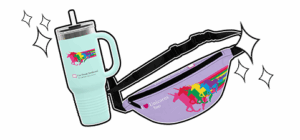

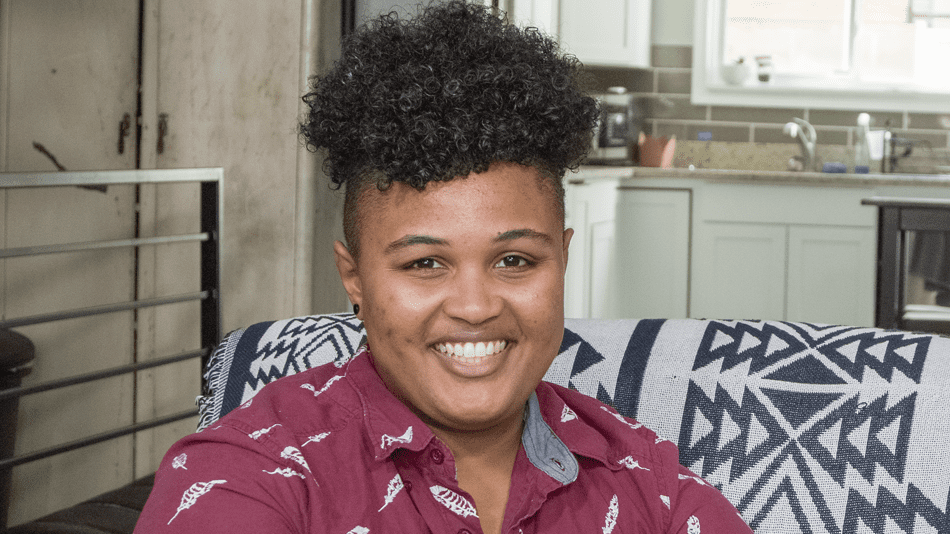

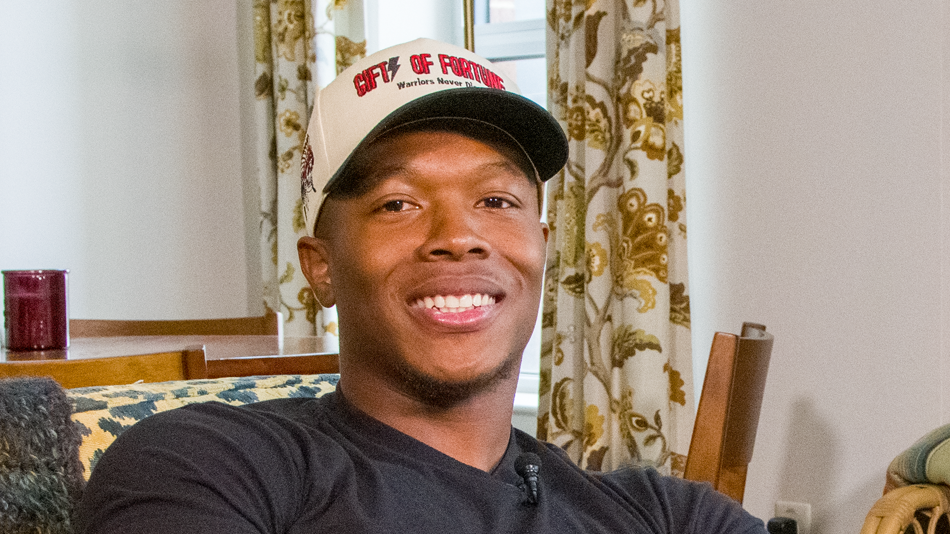
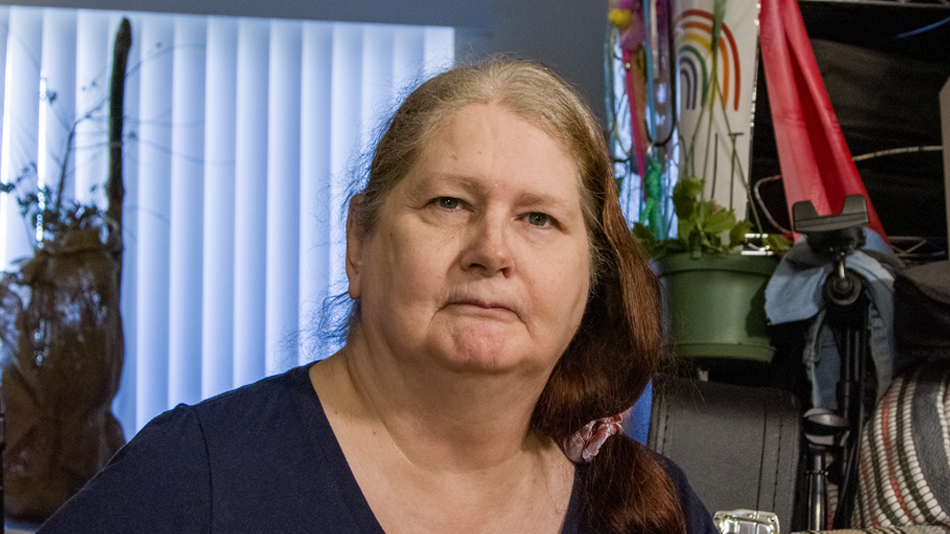

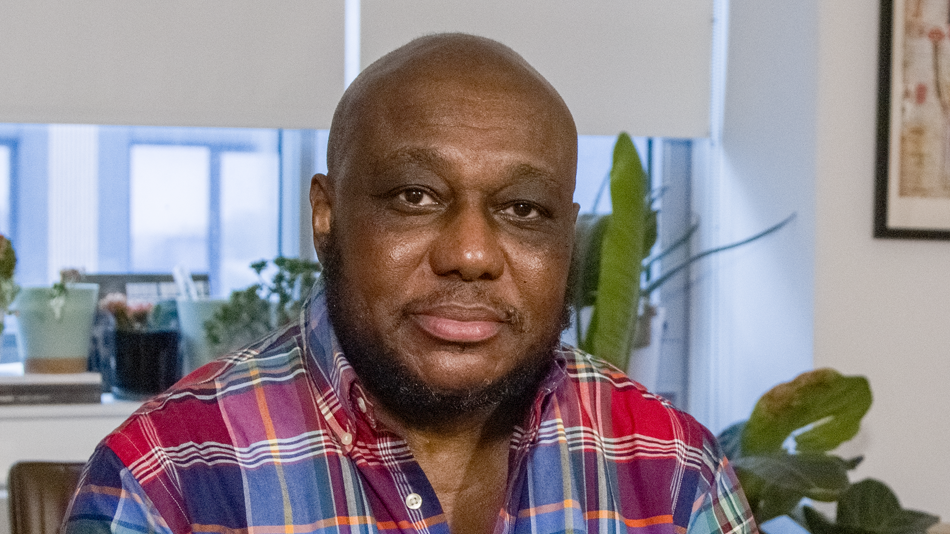
Share